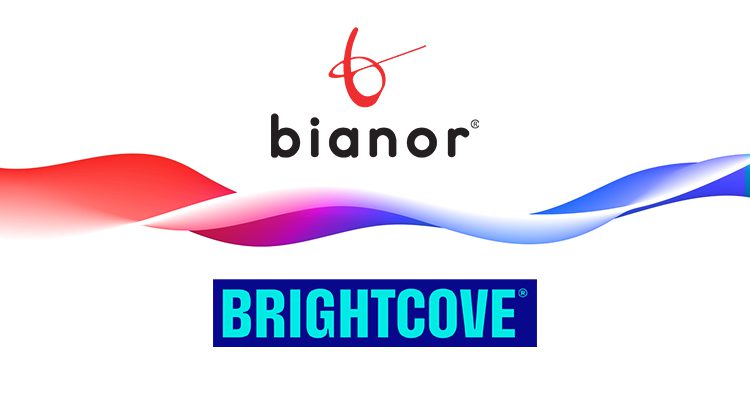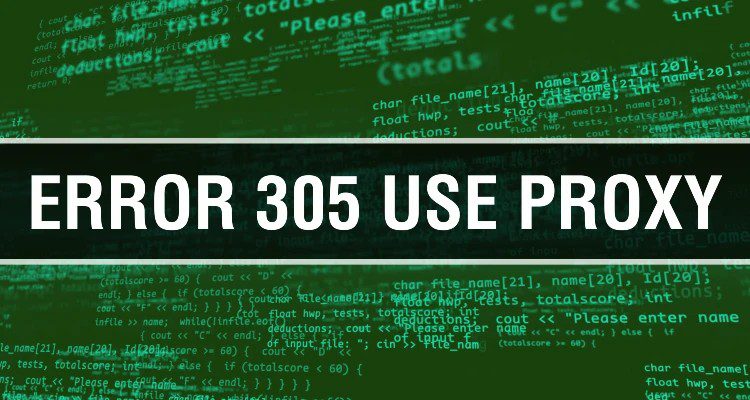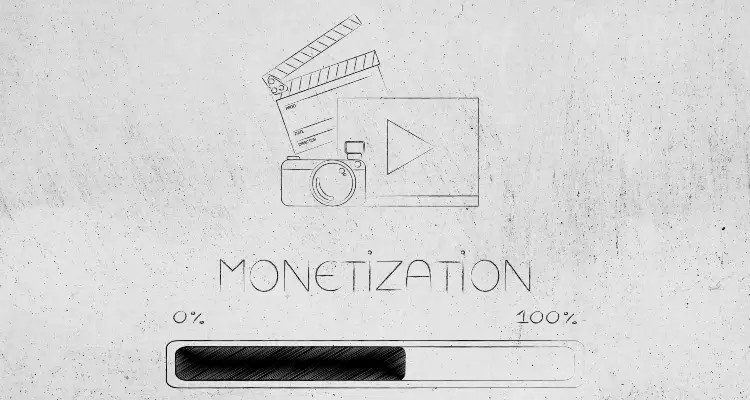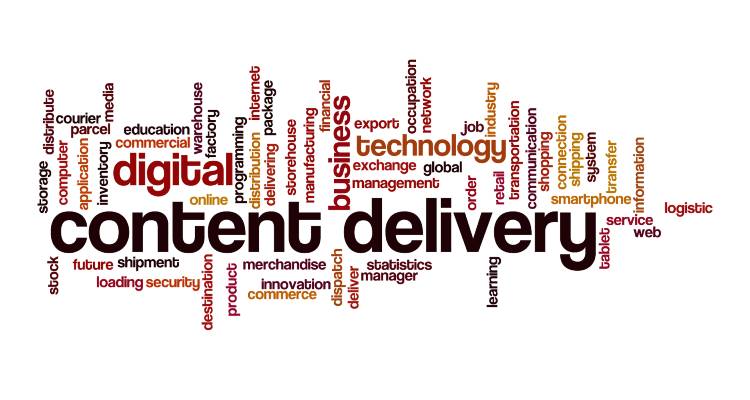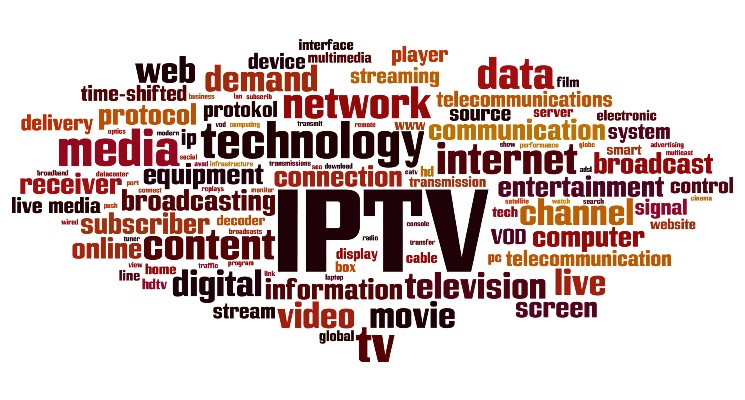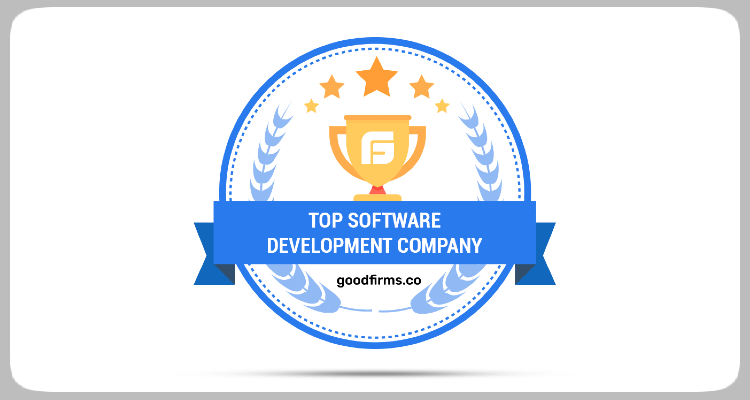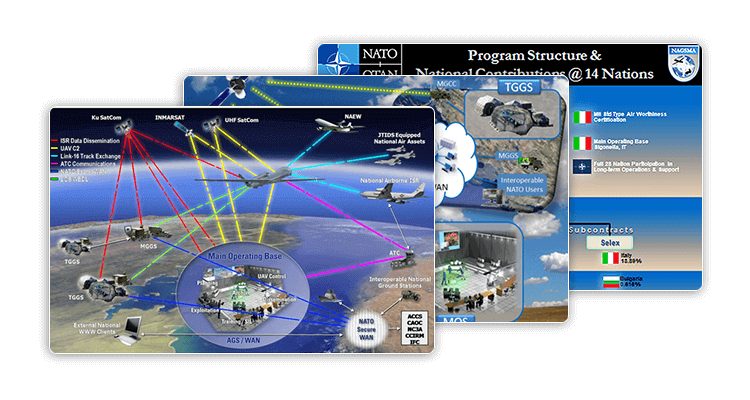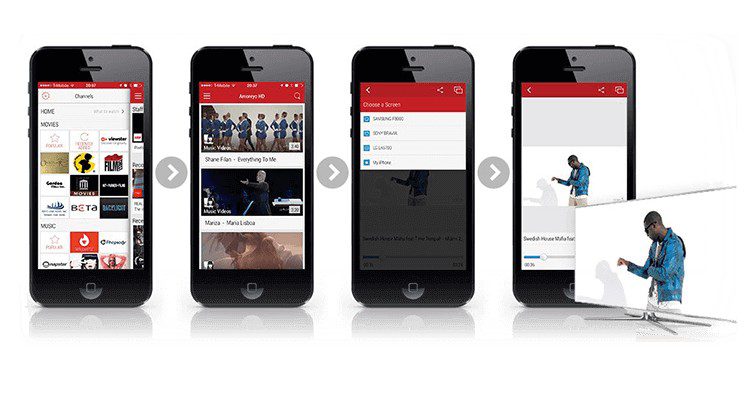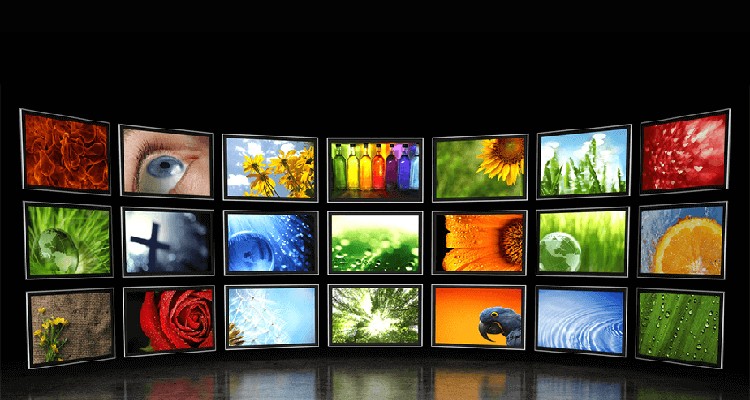How to Choose the Optimal Video Streaming Platform
Or 13 Essential Questions Before Starting a Video Streaming Project

The market context
Sharing online video content is not just a trend but an essential part of the modern digital marketing mix. The fast-developing technologies and mobile infrastructure already allow easy and smooth live video streaming, quickly becoming a preferred communication channel for audiences. This fact urges the producers (media and broadcasting companies, manufacturers, start-ups, and established corporations) to respond to the market demands and offer appealing content via accessible and user-friendly video streaming platforms.
Buying, subscribing, or developing a custom live video streaming platform?
To bring the utmost customer satisfaction and the ultimate end-user experience, Bianor builds video streaming platforms and consults and advises its clients to create cost-efficient, effective, and attractive video-related software solutions. This article will help you correctly set your video streaming strategy. Here are the questions Bianor asks you to consider before choosing the most appropriate live video streaming solution for your business:
OR
mail us at info@bianor.com
Go-to questionnaire
- Do you already have a video streaming app that you’d like to upgrade, or you’d like to build a brand new one?
- What would you like to achieve by offering live video streaming to your audience?
- Which are the viewing platforms: web on PC, web on mobile, native apps on mobile, smart TV apps (similar to type Netflix), Roku?
- What kind of content and type of streaming do you intend to offer?
- Where is your audience located geographically?
- What is the anticipated number of simultaneous viewers – average and peak? What are your expectations for these numbers a year from the launch?
- What is the anticipated number of content playbacks?
- Where is the original content stored/hosted?
- Do you need a recommendation engine integrated into your app?
- Is DRM (Digital Rights Management) involved?
- Who will manage the content structure, the linear TV playlists, the subscription packages, and prices?
- Is payment involved? If yes, who will be processing it?
- Should there be end-user support, and who is providing it? How many live events/week are there?
1. Do you already have a video streaming app that you’d like to upgrade, or you’d like to build a brand new one?

We are often contacted by companies that have already been using video streaming tools and have proved their efficiency. They are usually facing a lack of essential features, limited functionalities, and poor flexibility. These issues typically happen when the video streaming strategy has not been well-planned or implemented like an experiment.
Of course, from a development point of view, it is much easier to start from scratch, but throwing away an already available resource is not a smart idea. The critical point here is that you keep the documentation of your old project. Having a statement of work (SOW), or at least a hand-drawn scheme, would help upgrade your exciting app tremendously.
On the other hand, developing a brand new live streaming platform ensures complete interoperability with your exciting infrastructure, future-proofed framework, and more reliable support. We can guarantee all that thanks to the very detailed prep work, part of which is the current questionnaire.
2. What would you like to achieve by offering live video streaming to your audience?
The different brands have different goals in mind when engaging video streaming as a means of communication. Naturally, diverse targets need diverse solutions. For some brands, the ultimate goal might be to grow the market by reaching new audiences. Others might be looking into reducing costs by optimizing existing streaming platforms or relocating marketing budgets. Video streaming providing valuable real-time insights to marketers is also an important goal for some companies. And last but not least, video streaming offers vast possibilities for revenue growth by monetizing content distribution.
Each of the above-mentioned could be a goal of its own. We often talk about a combination, focusing on one or two of these goals. To provide the optimum results for each scenario, we strive to offer each case’s most efficient solutions. In order to reach the desired target, the live video streaming platforms could vary from a simple web solution to a fully-fledged live video streaming app supporting millions of simultaneous viewers. It depends solely on the customer’s goals, intentions, and resources.
3. Which platforms are you going to stream to?
In plain English – where are your viewers going to watch the content? This refers to knowing your audience and their habits. Of course, it depends on the type of content, e.g., the chance of watching educational materials on your computer is much higher than watching them on the smartphone’s small screen. On the other hand, being aware of modern society’s increased dynamics, one should always offer different options to the viewers. They could vary from a simple web solution for PC or mobile to a native desktop or mobile app or even a smart TV application. The possibility of transferring the content from the smartphone to the large TV screen is already a standard and a must-have feature.
4. What kind of content and type of streaming do you intend to offer?
Talking about the type of streaming, we have to clarify what kind of streaming you intend to provide. Are we talking about on-demand streaming (VOD), like playing movies, concerts, educational films, etc., whenever requested by the viewer? In other words – playback of already stored content. Or you are planning to stream live, in real-time, various sports, music, and entertainment events. Of course, an option is the mixture of the live and VOD stream, offering an on-demand playback of older events. Another type of streaming app could be a 24/7 linear program.
The kind of content and type of streaming determine the variations of features for the viewer. For example, while the VOD, stop/pause, and rewind options come by default, the customer should define if she/he wants such features for the live video stream.
5. Where is your audience located geographically?
The geographic location of your audience is also an essential factor. Knowing it will help us decide on flexible content categorization.
Depending on your needs, different features might be enabled: publishing and viewing window, content ordering and tagging, geo-restriction and content curation, geo-locations, language preferences, content sorting, etc.
6. What is the average and peak number of simultaneous viewers? What are your expectations for these numbers a year from the launch?
The anticipated number of simultaneous viewers is one of the most critical questions. The main risk is either to underestimate the numbers or to overestimate them. In one case, it will directly affect your user’s experience; in the other will affect your budget.
Depending on the expected traffic peak loads, we could choose as a service platform either Amazon or Akamai. Both offer outstanding services but have different charging policies, making one of them more suitable for lower traffic cases and the other with such expecting a higher number of viewers. The correct estimations will allow for proper and effective planning and easy scalability of the platform set in the software solution’s architecture.
7. What is the anticipated number of content playbacks?
The number of content paybacks is often neglected because it doesn’t directly affect scalability needs. But it is crucial for licensing third-party solutions like web video players, DRM providers, and so on. Their licensing schemes are often based on the number of played movies/watched live streams, one way or another.
8. Where is the original content stored/hosted?

The origin of the file content or live stream drives some architectural design decisions that may affect your service’s monthly expenses. For example, content stored on Amazon Web Services S3 storage costs money every time it is accessed/downloaded from outside. On the other hand, a YouTube-hosted video may end up being blocked by the platform for various reasons. Also, plain file storage on a hosting provider like GoDaddy might imply some quota limits on the access speed or the number of simultaneous connections to the media files.
9. Do you need a recommendation engine integrated into your app?
A recommendation engine is a smart system that offers viewers the most appropriate and useful content. It would not be very user-friendly to suggest the upcoming pro wrestling fight to a classical music aficionado. This user-specific selection is what the recommendation engine does – employs machine-learning algorithms based on the customer’s view, search, and browsing history to build highly relevant content lists.
Often users are looking for particular content, and your video streaming platform must provide high precision search. The search should be context-sensitive, i.e., wherein the app is initiated from. Also, users would highly appreciate an intuitive interface with auto-suggest functionality and predictive typing, and one should consider them when laying down the framework.
A recommendation engine comes particularly into use when running a streaming platform with an extensive library and a wide variety of topics. It is highly probable that you might not need such when launching your app, but you should be aware that you better consider it earlier than later.
10. Is DRM (Digital Rights Management) involved?
DRM stands for Digital Rights Management. It could be implemented either through a software or hardware solution to protect copyrights for digital media. The protection is carried with files passing through an encryption and decryption cycle.
The DRM is nice to have for digital media providers disseminating their own paid content and a must-have for those streaming others’ exclusive content whose copyrights they have to protect.
11. Who will manage the content structure, the linear TV playlists, the subscription packages, and prices?
Depending on the scale of the solution, we can apply different approaches. The management could be carried by a simple web curation and one manager for smaller and not demanding platforms. More comprehensive streaming platforms require smart solutions and complex content management modules. Each content source is configured as a channel in the system with one or more categories in such cases. Then each category is configured with the relevant technical characteristics. Of course, depending on the platform, we can implement more in-depth and sophisticated rules. Answering this question helps you decide on the architecture needed for the administrative and CRM modules.
12. Is payment involved? If yes, who will be processing it?

The payment processor provides a connection between the two bank accounts and ensures flawless and safe payments. It allows you to receive payments from your worldwide audience. If your streaming app uses Google Play or Apple’s App Store, the fees could also be processed by their engines.
13. Should there be end-user support, and who is providing it? How many live events/week are there?
Customer support is essential to the overall user experience and sometimes could determine a venture’s success or failure. That’s why it should not be neglected and considered inferior to other features of the platform, especially when live streaming to larger audiences, live support is a must-have. The answer is often obvious, but the customer overlooks it, and the support at the very moment is crucial. Live support could include Zendesk ticketing, live chat, and Web Help Center. Each event’s live support team should be well-calculated and should always be adequate for the event’s size and viewers’ estimated peak.
Conclusion
If you have reached this point in the article, you seem to be interested in empowering the potential of video streaming platforms. However, if you are still a bit hesitant about the future of live streaming, here you can read a few numbers which come to support the idea of building a custom video streaming platform.
What do the stats show?
The statistics show that streaming live video accounts for over 2/3 of all internet traffic in 2019. According to Go-Globe it will reach up to 82% in 2020. The current COVID-19 situation is even accelerating this trend. The same research by Go-Globe shows that 82% of the audience prefers to watch a live video from a brand instead of reading a social post. This last fact explains why businesses already consider live video streaming an essential tool in their digital marketing strategy.
The same research shows that for 67% of the spectators, the quality is the most important factor when watching a live video stream. Technologies make people spoiled, and it is for sure that video quality, ease of accessibility, friendly user interface, and multi-screen delivery will become even more critical in the future. To cater to all that and bring a unique touch to user experience, companies are looking for custom streaming platforms that set them apart from the crowd.
If you are considering upgrading your existing streaming platform or developing a new, future-proofed live video streaming application, answer the questions above. If and when you need to go further, do not hesitate to contact us.
Video Streaming Lifecycle
Download Bianor’s white paper to learn more about the five most crucial components of video streaming lifecycle.
















